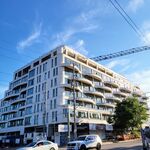Kyle Campbell
Active Member
Is the fundamental problem here the politicians, or the electorate? We love to blame politicians for our problems, but who is it that keeps putting them into power? At least here in Ontario, a lot of our problems, everything from electricity, to transportation infrastructure, can be traced right back to the short sightedness of voters. Maybe it's time for Ontario voters to ask what they've done to put Ontario in this position, rather than blaming everything on the politicians.
Voters have always been and always will be short sighted. Good politicians make calls that are good for the long term, and then convince the voters that it was the right choice. Most politicians though just go wherever the way the current winds follow regardless of what the cost is long term.




